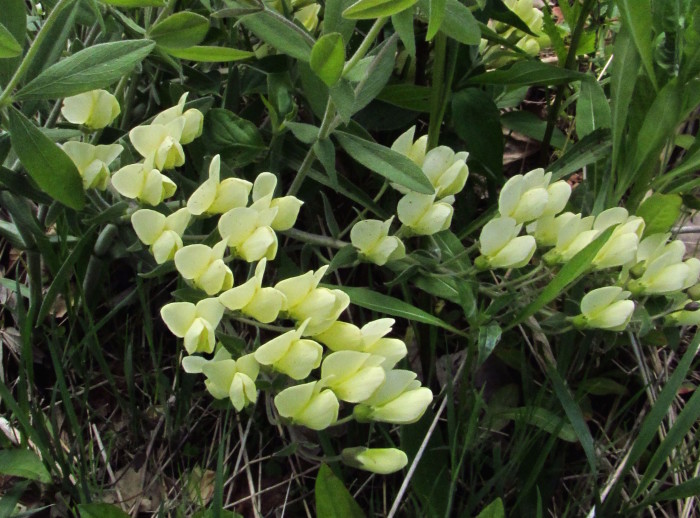

This bog plant is found in sunny locations and around the margins of water gardens. Leaves are heart shaped to almost round with a diameter of 2–3 inches. Edema of the lips, tongue, and throat may also be seen.Ĭommon names: Marsh marigold, cowslip, meadow bright, soldier’s buttonsĭescription: Yellow-gold flowers are found in large numbers on branching stems. Signs: Pain and swelling of the mouth, acute inflammation of the oropharynx accompanied by salivation, and/or pawing at the mouth and drooling may occur following ingestion. Toxins: Protoanemonin (an irritating oily substance) Leaves vary in size depending on the cultivar but usually have three lobes and a toothed margin. A ruff of divided leaflets is found below the flower along the stem. Louis, MO: Mosby 1998Ĭommon names: Pasque flower, windflower, lily of the field, wild crocusĭescription: Small daisy-type flowers in a range of colors from pale blue to pink with yellow centers. Here is a list from Toxic Plants in Small Animal Toxicology and Poisonings. There are however other plants that are harmful.


Spring is the best time of the year, the weather is getting a little warmer, the days are staying lighter longer, and the birds have returned.


 0 kommentar(er)
0 kommentar(er)
